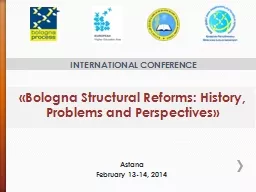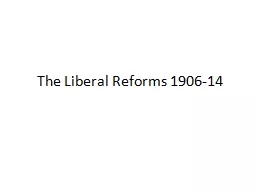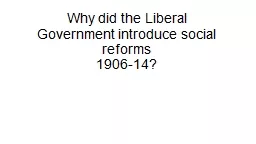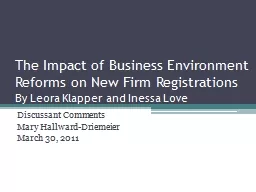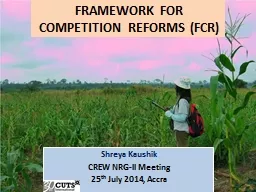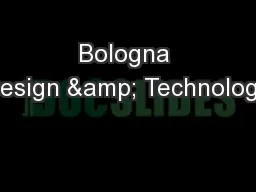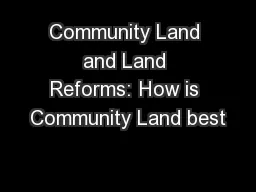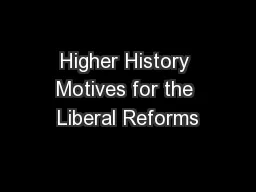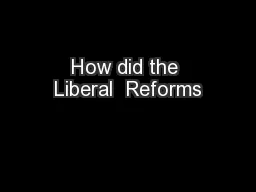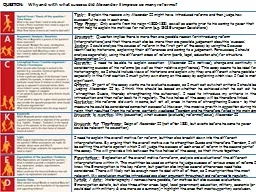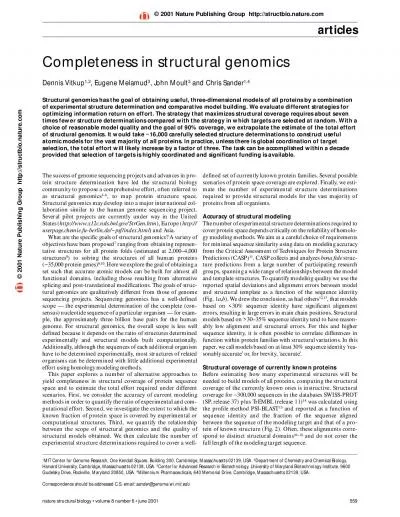PPT-«Bologna Structural Reforms: History, Problems and Perspec
Author : calandra-battersby | Published Date : 2016-09-03
INTERNATIONAL CONFERENCE Astana February 1314 2014 Organizer Ministry of Education and Science of the Republic of Kazakhstan Target Audience Heads of higher education
Presentation Embed Code
Download Presentation
Download Presentation The PPT/PDF document "«Bologna Structural Reforms: History, P..." is the property of its rightful owner. Permission is granted to download and print the materials on this website for personal, non-commercial use only, and to display it on your personal computer provided you do not modify the materials and that you retain all copyright notices contained in the materials. By downloading content from our website, you accept the terms of this agreement.
«Bologna Structural Reforms: History, Problems and Perspec: Transcript
Download Rules Of Document
"«Bologna Structural Reforms: History, Problems and Perspec"The content belongs to its owner. You may download and print it for personal use, without modification, and keep all copyright notices. By downloading, you agree to these terms.
Related Documents

